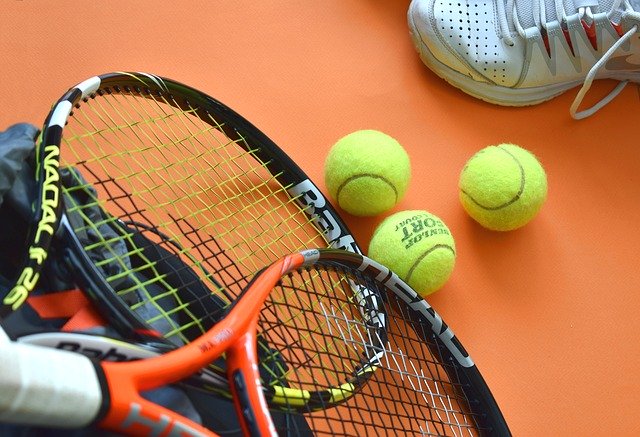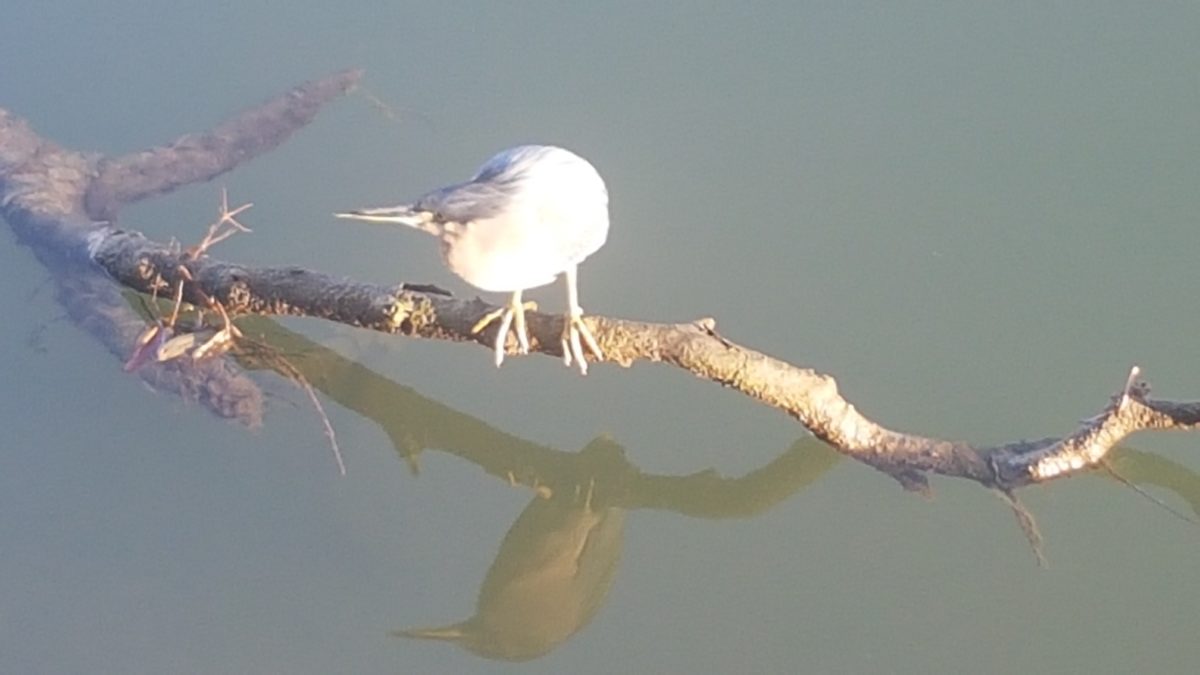We all experience adversity and setbacks – it is how we deal with them that shapes who we are and what we are capable of. Sometimes the setback is so great that it throws us completely off balance – at other times, it involves a minor and temporary dislocation. Shelly Tygielski, in her course The Power of Showing Up, talks about how she was completely derailed by a painful divorce that left her as a single mother trying to raise her young son. She found that she was unable to meditate or focus on anything because of her mental and emotional disorientation.
Eventually, Shelly through persistence with meditation (however dissatisfying because of her incessant distractions) was able to restore her balance and rebuild her resilience one step at a time. She achieved this, in part, by “chunking” tasks to manage the challenges she faced with her endless “to-do lists”. The determinant of the priority of her tasks was the degree to which they served her life purpose.
In her course, Shelly helps us to identify our thought patterns, emotional responses and habituated behaviours. She provides ways to “deconstruct” ourselves and, in turn, “reconstruct” our sense of who we are. The processes, including journalling, help us to break free of the ties that bind us and better align with our life purpose. Releasing the hold of perfectionism, fear and expectations enables us to achieve personal integration and access our innate creative and fearless nature.
Shelly demonstrates through her own life history, experiencing traumas and multiple setbacks, that we can emerge with renewed strength, a laser-focus on our life purpose and the resilience to overcome whatever life’s turbulence throws our way. Tina Turner, too, demonstrated a similar resilience through drawing on the power of meditation and chanting.
The road ahead involves taking one step at a time, confident in the hope that the journey provides its own rewards in terms of self-awareness, emotional regulation and achievement in line with our life purpose. We can get ahead of ourselves too easily, expecting too much too soon – negative thoughts, such as “I should be further down the track” or “this process is taking too long”, will only hold us back. We have to maintain our focus on the end goal – through mindfulness practices such as meditation, Tai Chi, yoga, chanting or journalling.
Chelsea Handler, in the Foreword to Shelly’s book, Sit Down to Rise Up, recounts the story of meeting Shelly backstage at a Wisdom 2.0 Conference. Chelsea was immediately drawn to Shelly’s “vibrance” and to the fact that she was witnessing “someone who lives their life in purpose”. Shelly subsequently invited Chelsea to join her at a meditation retreat for survivors of gun violence and family members who lost someone through such violence. Chelsea immediately experienced negative thoughts about her own adequacy to participate in such an emotionally charged event. Shelly assured her that she is “good enough” and has “personal agency” – messages she reiterates strongly in her book and her online course. Chelsea participated in the retreat and learned a valuable lesson about dealing with people who were experiencing trauma and grief – “sitting and listening to people’s stories is sometimes all that is needed”.
Reflection
I was very recently thrown off balance by the fact that my three-year old car broke down. It lost power and displayed multiple malfunction messages relating to the engine, the transmission and the high level safety features. This was particularly disconcerting and that meant that all the things that I had planned for the day were not possible, e.g. collecting a book from the library, dropping off clothes for dry cleaning, buying fresh seafood for dinner and purchasing other foods from a supermarket. While this was a minor setback (that proved costly), I was blindsided by the fact that it left me so unbalanced. However, I resorted to Tai Chi and persisted, despite feeling very unfocused and distracted by lots of thoughts and anxiety. This proved to be the one step I needed to restore my balance and help me to refocus on my tasks and my writing.
As we grow in mindfulness through practices such as Tai Chi and journalling, we can realign with our life purpose, restore our balance and build our resilience one step at a time (through one setback at a time). It may take a short time or years (as in one of Shelly’s many setbacks) to restore our balance and alignment, but we need to persist in this process of metamorphosis.
_________________________________
Image by Ralf Kunze from Pixabay
By Ron Passfield – Copyright (Creative Commons license, Attribution–Non Commercial–No Derivatives)
Disclosure: If you purchase a product through this site, I may earn a commission which will help to pay for the site, the associated Meetup group, and the resources to support the blog.










